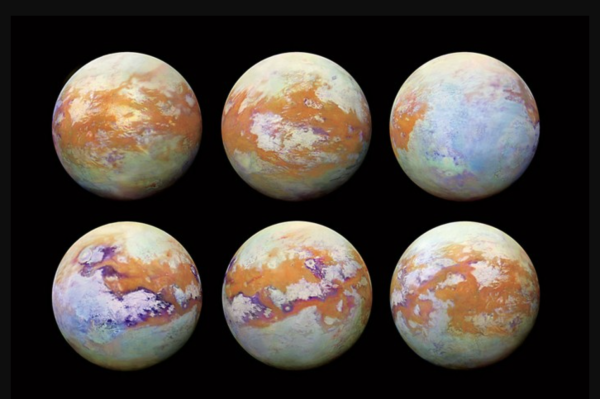
The James Webb Space Telescope (JWST) caused a stir in 2023 when it reportedly detected dimethyl sulfide (DMS) on the distant exoplanet K2-18b—a gas associated with biological activity on Earth. However, a new study from UC Riverside casts doubt on this early conclusion, cautioning that the signal may actually indicate methane, not DMS.
What Are Biosignatures?
Biosignatures are chemical or physical indicators that could point to the presence of life. These include gases like methane or oxygen, fossilized remains, or even isotopic ratios. Since observing life directly on distant planets is currently impossible, scientists rely on these subtle clues to assess the potential for life.
Why K2-18b Stands Out
K2-18b lies in the habitable zone of its star—where temperatures might allow for liquid water. The planet receives Earth-like radiation and may even have water-rich oceans. Although its hydrogen-rich atmosphere differs from Earth’s, the conditions suggest it could theoretically support life.
Interpreting the DMS Signal
The Cambridge team believed they detected DMS via spectral analysis. However, UC Riverside researchers argue that the signal was weak and potentially misread. Their models show that methane—a common, non-biological gas—could account for the signal under K2-18b’s atmospheric conditions.
Life Still a Possibility
Even though the presence of DMS is doubtful, that does not eliminate the chance of life. For DMS to be detectable, any hypothetical lifeforms would need to emit it at much higher rates than Earth organisms do. Scientists believe alien life might use entirely different biochemical processes.
Looking Ahead
The JWST will continue targeting K2-18b this year, hoping to refine the search for biosignatures with its advanced infrared instruments. As UCR astrobiologist Eddie Schwieterman notes, the best biosignatures on hydrogen-rich planets may differ from Earth’s. The ongoing research underscores the complexity and care needed in the quest for alien life.
The study has been published in the Journal of Astrobiology.